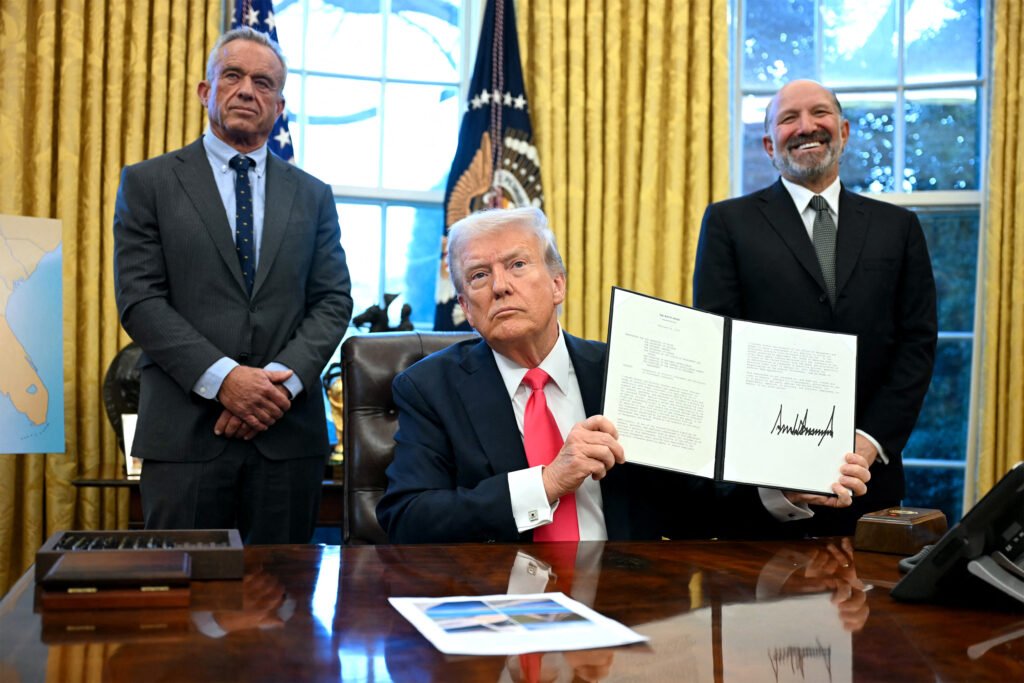President Trump’s push for price transparency in the healthcare industry has been met with mixed results. The goal is to make it easier for consumers to compare prices of medical procedures and prescription drugs, but the information provided has been complex and confusing.
The 2019 executive order aimed to make data on prices negotiated between health plans and hospitals more transparent. However, the information shared by hospitals and insurers has been found to be inconsistent and unreliable. Some data included “ghost” or “zombie” rates, where payments were reported for services that providers don’t offer. There were also discrepancies in prices for the same service paid by the same insurer at the same hospital.
Consumer advocacy groups have been disappointed by the lack of progress in achieving meaningful price transparency. Legislation to enforce transparency requirements has not been passed, and the Biden administration has been criticized for not rigorously enforcing regulations.
Despite these challenges, some patients have been able to benefit from price transparency. Theresa Schmotzer, for example, saved nearly $3,000 on outpatient surgery by researching hospital price data online. She found a lower price for her procedure and was able to negotiate a lower payment with the hospital.
Moving forward, hospitals and health plans are working to comply with reporting requirements and provide consumers with more comprehensive cost estimates. The Centers for Medicare & Medicaid Services (CMS) has developed rules to make price information easier to understand and has fined hospitals for non-compliance.
While price transparency is seen as a critical first step in understanding healthcare costs, it is not a silver bullet for lowering prices. More work needs to be done to ensure that the data provided is reliable and allows for meaningful comparisons. Price transparency alone is not enough to increase competition and lower costs in the healthcare industry. It is a step in the right direction, but further efforts are needed to make the system more efficient.


